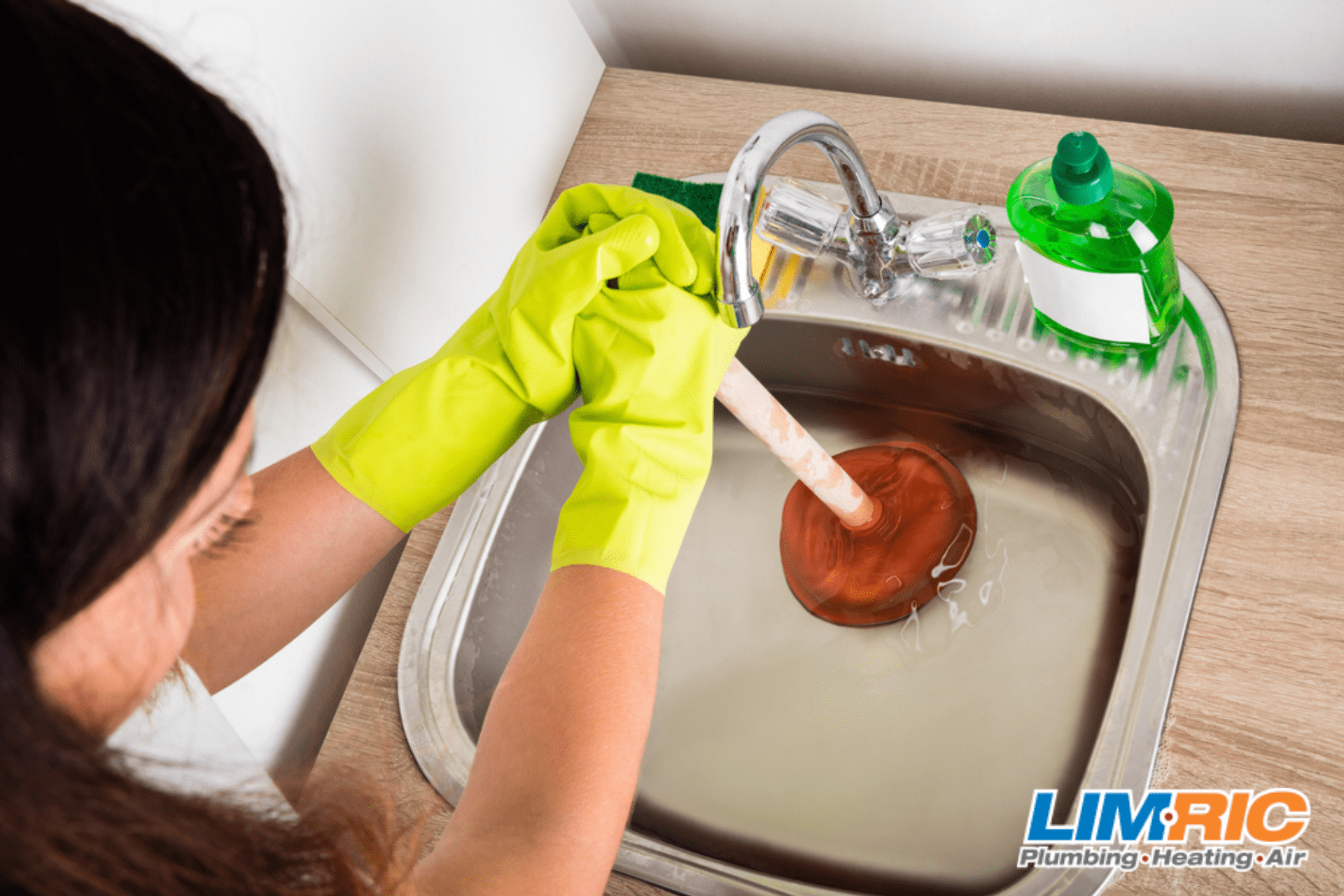What Causes Multiple Backed-Up Plumbing Fixtures?

There’s no denying that a water backup is unwanted, inconvenient, and not to mention unsanitary. Whether you’re taking a shower, washing the dishes, or flushing the toilet, a sudden backup can also be a cause for concern. After all, you expect your fixtures to act as they typically would, and when more than one plumbing fixture is backed up, it means that something is wrong.
But what causes multiple backed-up plumbing fixtures? The answer lies with your home’s sewer and drain lines. Let’s go over the main causes of sewer and drain backups.
Clogged Sewer Lines
If you notice that more than one plumbing fixture is backed up in your home, you might want to first turn to your sewage system. Our sewer lines play an incredibly important role in our plumbing systems. As a result, many issues can arise if these pipes become damaged or clogged, including sewage backups. Other signs of sewer line problems can include slow-moving drains, foul odors, and strange puddles appearing in your front yard.
When discussing what causes multiple backed-up plumbing fixtures, it’s vital to mention the top causes of clogged drains. Here are the three main causes of clogged sewer lines:

Tree Roots
Although they are out-of-sight, tree root intrusions are some of the most common causes of sewer backups. Tree roots can break into your sewer lines over time and, as they build up, make it impossible for your sewer drain to function properly.

Foreign Objects
Toilet paper is the only thing designed to be flushed down the toilet. Paper towels, tissues, and even flushable wipes are not meant to be flushed and can lead to clogged drain lines when you least expect it. As such, flushing foreign objects down the toilet is often one of the top causes of sewer and drain backups.
One way to test for a clogged drain line is to flush the toilet. After you flush, check to see if water is bubbling up and out of your shower drain.
Once you understand what causes multiple backed-up plumbing fixtures, such as small or non-flushable objects, you can better take care of your plumbing system. Keeping foreign objects away from your toilets and drains can help keep your pipes running smoothly.

Broken Pipes
Older pipes are also one of the top causes of sewer and drain backups. Homes with cast iron, clay, or Orangeburg sewer pipes are more prone to sewer backups. Why? Cast iron is more susceptible to corrosion, Orangeburg pipes are often brittle, and clay pipes are more likely to experience tree root intrusions.
Older pipes that have become damaged or broken can result in a sewer line clog. You can avoid this problem by replacing your outdated sewer lines with durable plastic pipes.
Addressing Plumbing Fixture Backups
Now that you know what causes multiple backed-up plumbing fixtures, you may wonder how to address the issue. If more than one plumbing fixture is backed up, it’s crucial to fix the problem as safely and quickly as possible. First, it can be helpful to inspect your plumbing fixtures to better understand the extent of the issue. You can also document the problem by taking pictures and cleaning the affected area with hot water and a disinfectant solution.
Once you’re ready, contact your local plumbers in Mount Pleasant, Charleston, or surrounding areas. The professional plumbers at LimRic are familiar with the causes of sewer and drain backups. We’ll perform a drain cleaning, sewer line repair, or replacement service depending on your specific needs. To learn more about our Charleston, SC drain cleaning services, reach out to a LimRic representative today!












